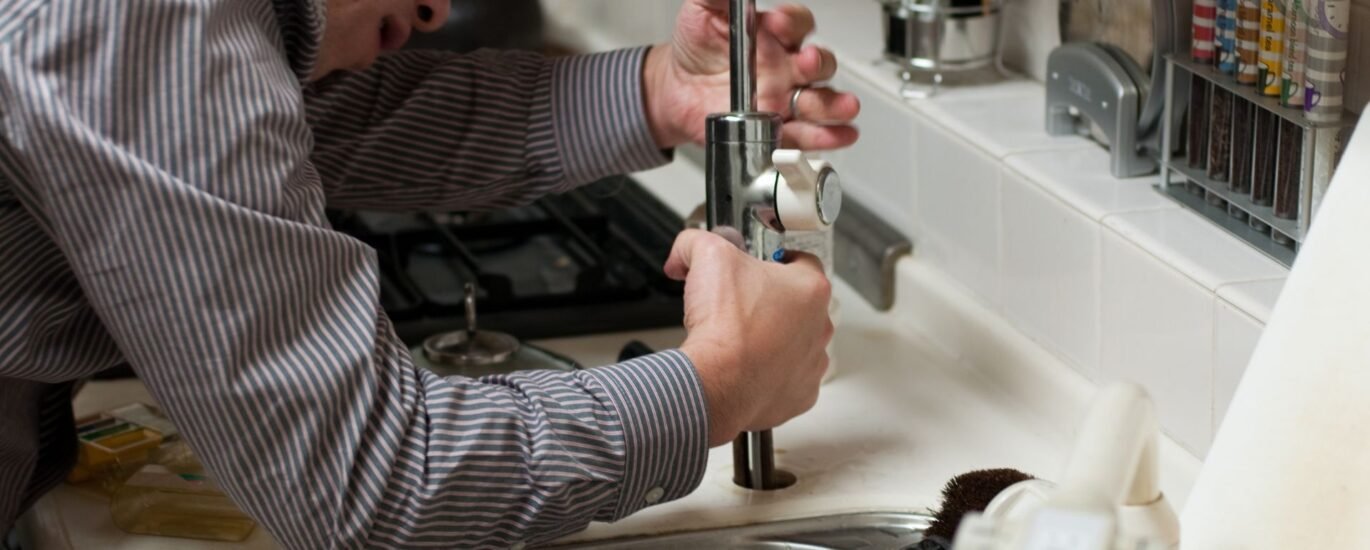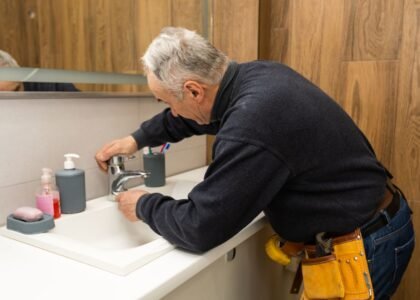Introduction
Once you’ve handled repairs (see Blog 1) or made decisions about repair vs replace (see Blog 2), the next frontier is prevention. Good maintenance habits will help you avoid leaks, clogs, and wear, and get more life out of your fixtures. In this post, we’ll explore seven habits that make a real difference.
Thinking you’d rather someone else look after all this? Our Faucet & Sink Repair team can step in anytime. Or reach us at contact us.
1. Regular cleaning (aerators, drains, faucets)
- Unscrew and clean faucet aerators monthly to remove mineral buildup.
- Wipe down faucet bases, handles, and connections to prevent corrosion.
- Use mild cleansers—avoid harsh acids or abrasives that damage finishes.
- Run hot water occasionally to flush pipelines and reduce sediment.
2. Monitor for early signs of leaks
Keep an eye (and ear) out for:
- New drips from faucets
- Squeaky or stiff handles
- Gurgling or slow drains
- Water stains under sinks
Catching small leaks early can save you from bigger repairs later.
3. Inspect seals, washers & O-rings
- Every 6–12 months, check faucet internals if possible.
- Swap in fresh O-rings or washers before they fail.
- Lubricate moving parts with plumber’s silicone grease (safe on rubber).
These small parts often prevent major leaks when replaced proactively.
4. Be gentle with your fixtures
- Avoid forcing handles or twisting too hard.
- Don’t overtighten connections.
- Use soft cloths for cleaning—don’t scratch surfaces.
Treating your fixtures kindly reduces stress on internal parts.
5. Keep drains flowing
- Use a mesh or screen to catch hair, food bits, debris.
- Once a month, flush drains with hot water or a safe solution (baking soda + vinegar).
- Avoid dumping grease or sticky substances down drains.
- If you see early signs of slowing, snake the drain before it becomes a clog.
A healthy drain complements well-functioning faucets.
6. Upgrade when possible
- Swap to aerators that reduce water pressure but preserve experience.
- Use water-softening or filtration systems if you have hard water (less mineral buildup).
- Consider touchless or motion-activated faucets which reduce wear from constant handling.
These upgrades can reduce strain on your plumbing overall.
7. Annual professional check-up
Even with great habits, some issues hide behind walls or cabinets. A pro can:
- Spot hidden leaks or corrosion
- Test water pressure and flow
- Replace worn parts you might not notice
- Provide guidance on future replacement
If you prefer someone handle that for you, our Faucet & Sink Repair page is a great place to start, or you can contact us anytime.



